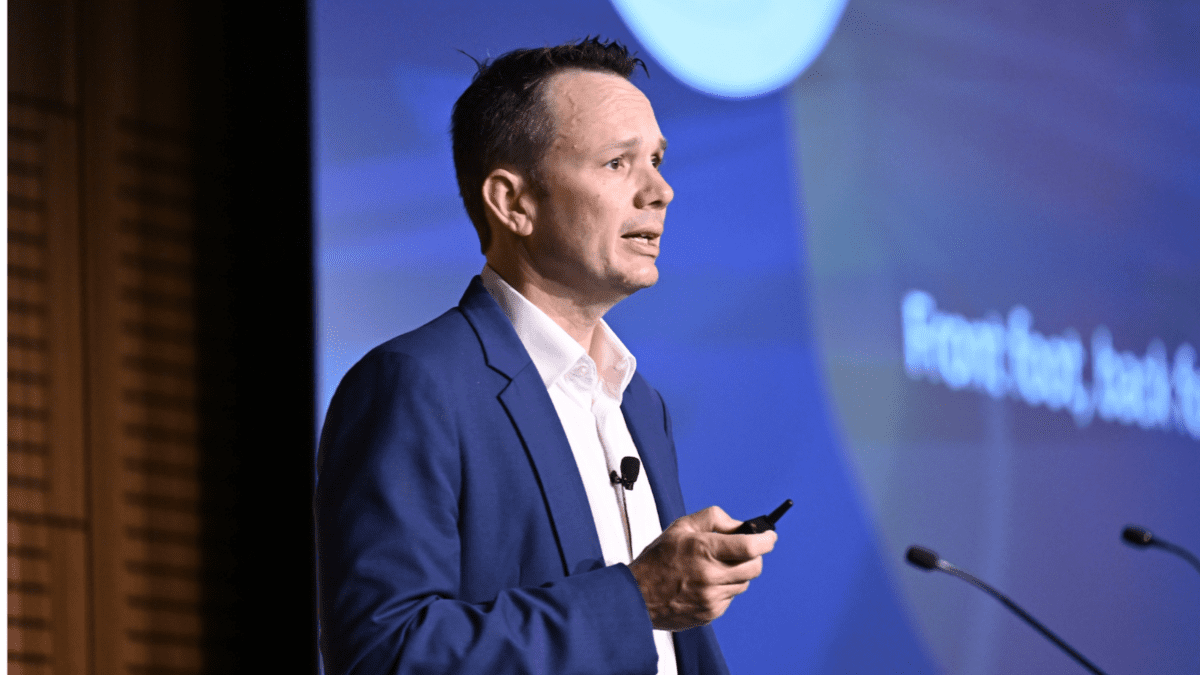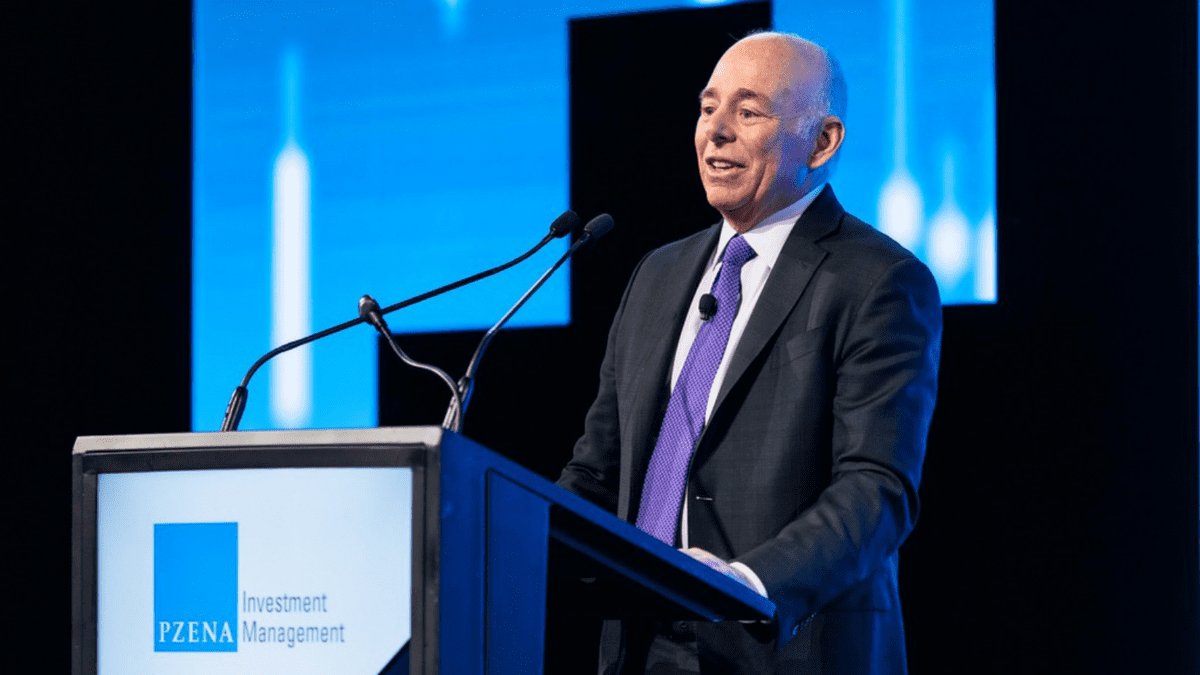Hostplus claims top spot for super returns in 2021-22
Research houses and Chant West and SuperRatings have released lists of the top performing superannuation funds for 2021-22, and leading both lists is Hostplus’ Balanced fund, which is also the best performing fund over 10 years.
SuperRatings estimates a loss of 3.4 per cent for the median balanced option for the financial year ending June 2022. This is the fifth time financial year returns have been negative since the inception of superannuation in 1992, according to SuperRatings.
Kirby Rappell, executive director of SuperRatings, said that despite the loss last financial year, balanced funds have returned an estimated 7 per cent per annum since 1992, which means that $1 invested in 1992 in a balanced fund would now be estimated to be worth $7.67, depending on fees.
“While we will see ups and downs over time, super has performed strongly over the long term with 25 positive returns over the past 30 years,” Rappell said.
SuperRatings estimates a loss of 3.4 per cent for the median balanced option for the financial year ending June 2022. This is the fifth time financial year returns have been negative since the inception of superannuation in 1992, according to SuperRatings.

QANTAS Super’s balanced option came in second after Hostplus – Balanced, delivering a return of 0.6 per cent, following its first-place result for the financial year to 30 June 2021. The above list of best-performing funds has been taken from SuperRating’s SR50 Balanced Index, which tracks the performance of 50 balanced options with exposure to growth assets of between 60 per cent to 76 per cent.
According to separate data from Chant West data, the median growth option (61 to 80 per cent in growth assets) fell 3.3 per cent over the 2021-22 financial year. Hostplus leads its list also.
“While a negative return is naturally disappointing, we should not forget that this comes on the back of the staggering 18 per cent result in FY21, which was the second highest return since the introduction of compulsory super in 1992,” said Chant West senior investment research manager, Mano Mohankumar.
“The negative return for 2021-22 represents only the fifth negative year in the full 30 years of compulsory super. The median growth fund is still 7.5 per cent ahead of its high point at the end of January 2020 before the COVID crisis took hold. More importantly, funds continue to meet their long-term return objectives by a comfortable margin,” he said.
Australian shares fell 6.8 per cent over the year, while international shares were down 12.4 per cent in hedged terms. Australian and global REITs fell 11.2 per cent and 10.5 per cent, respectively. Australian and international bonds fell 10.5 per cent and 9.3 per cent, respectively.
“Despite all this, the median growth fund was only down 3.3 per cent. That’s mainly because most major super funds now invest far beyond these traditional asset sectors, with meaningful allocations to private equity, unlisted property and unlisted infrastructure which all delivered healthy returns for the year. Some funds were able to avoid the worst of the share market losses by taking active positions away from benchmark exposures,” said Mohankumar.
With bonds falls over the 2021-22 financial year, the lower risk categories fared little better than the higher risk categories, as the table below highlights. The performance differential between the main growth category and the conservative category was only 1.1 per cent over the financial year, with that differentia much wider over the medium and longer term.

Diversification and active management pay off
According to David Elia, chief executive officer for Hostplus, active investment management and diversification helped the to fund make gains and minimise losses. “Our active investment style and diversified portfolio has once again delivered favourable investment outperformance for our members relative to our peers,” said Elia.
“Actively managing and applying a strategic asset allocation to perform under different market conditions, enables us to smooth out returns over the longer term, as opposed to some of the lower cost, passive products in the marketplace where investors are more exposed to market movements,” he said. During 2020-21, Hostplus delivered its best annual return yet of 21.3 per cent for the Balanced option.
Hostplus also dominates over 10 years
The table below displays 10-year performance for the funds that performed the best over 2021-22. Hostplus was also the top performer over the long-term, with an average annual return of 9.7 per cent per annum over the last decade, followed by AustralianSuper – Balanced with a return of 9.3 per cent per annum and Australian Retirement Trust – Super Savings with a return of 9.0 per cent per annum while Cbus – Growth (MySuper) delivered a close fourth ranking return of 8.96 per cent per annum.

AustralianSuper chief investment officer Mark Delaney said after more than 10 years of economic growth, the economic outlook suggests a shift to a slowdown in coming years from economic expansion. “In response, we have started to readjust to a more defensive strategy, as conditions become less supportive of growth asset classes such as shares,” Delaney said.











